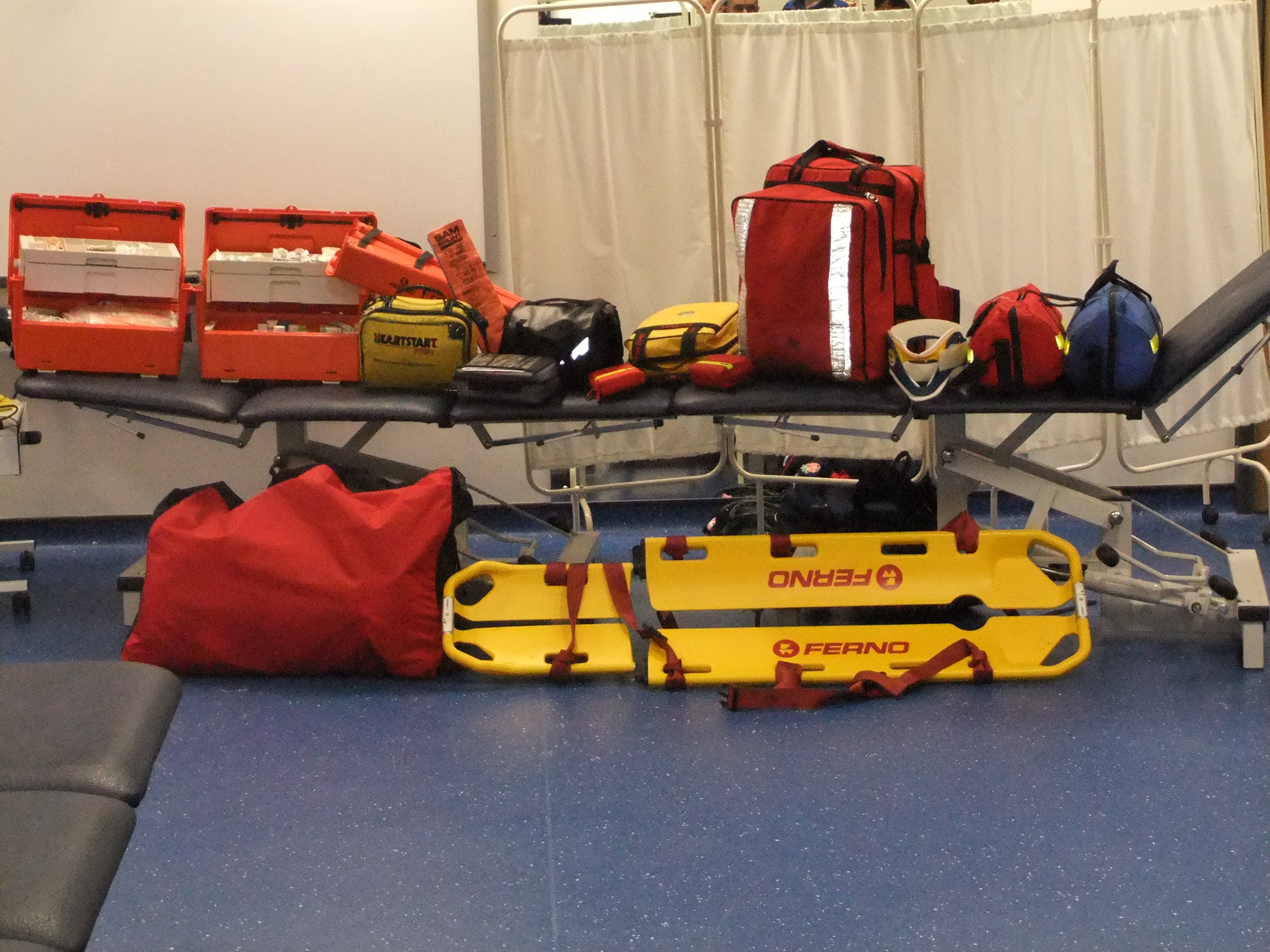Equipment List
A suggested equipment list is below. This is best derived by completing a risk assessment and should be reviewed and adapted to your specific sporting environment and matched to the skills of the medical personnel in attendance.
- A Long (Spinal) Board or Split long board Scoop) with Head Immobiliser and an appropriately trained stretcher carrying team (those trained by the medical staff to adequately and safely, under the direction of the medical staff, transfer a player onto the stretcher and move them from the field of play).
- Cervical Semi-rigid Collar(s) - an assortment of collars will be available to fit every player or 2 adjustable collars. Soft neck collars are not suitable.
- Splints (immobilisation of upper and lower limbs).
- Stethoscope
- Sphygmomanometer/BP cuff
- Airways (a full range must be present)
- Oropharyngeal airway (assorted sizes)
- Nasopharyngeal airway (assorted sizes)
- i-gel® supraglottic airways (assorted sizes)
- Pocket mask with one way valve
- Bag-valve-mask
- Oxygen - to include variable flow rate oxygen cylinders, bag-valve-mask device, non-rebreathe masks, and purpose made carrier
- Entonox with patient self-administration system, in purpose made carrier
- Portable Suction (can be handheld or powered)
- Penlight torch
- Automated External Defibrillator
- Nebuliser mask and tubing
- Crutches.

An inventory of all equipment should be kept and signed on a weekly basis by the clinical lead responsible or nominated deputy, for an example see appendix.
All drugs must be in date at all times. An inventory of all drugs and their expiry dates must be kept and signed on a before each event and at least on a weekly basis by the clinical lead responsible. An alternative approach is to use security tags on the drugs boxes and a check list used when the tag broken. Using this method, it is essential to have an accurate data sheet with expiry dates to ensure all out of date drugs replaced before they expire.